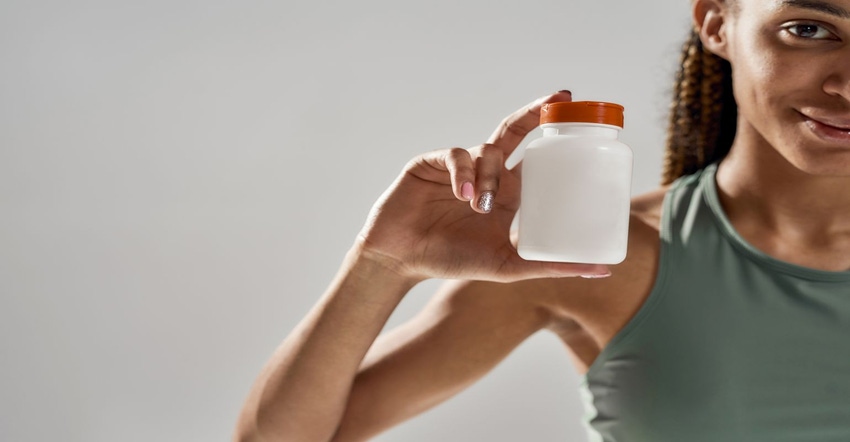Female-specific clinical studies, technological apps and conscientious brands are helping advance the playing field of nutritional products for active women.
December 15, 2021

Active female consumers have unique nutritional needs. They also have specific shopping, lifestyle and health behaviors. Developing products that provide the support active women need—whether they’re competitive athletes or fitness enthusiasts—isn’t enough. Successful products also speak to women … the matters they care about and the trends that resonate with them.
Several nutrition and product trends are shaping the natural products market for active women.
“As female athletes, while our basic nutritional needs are very similar to our male counterparts, there are certainly specific needs we have that we want to be aware of,” said Dana Ryan, Ph.D., MBA, director of sport performance nutrition and education at Herbalife Nutrition. “General caloric intake and timing around our menstrual cycle are two big areas to pay attention to.”
According to Ryan, women often underestimate the number of calories they need when they’re active. Plus, it’s common practice among women to monitor caloric intake and, in some cases, restrict calories with the goal of losing weight. This approach, however, can be detrimental to the health and performance of active females.
“Restricting our calories can not only significantly limit our performance but also have a detrimental effect on our overall health … The goal isn’t to lose weight during a workout, it’s to fuel ourselves to perform at our max,” Ryan explained.
Likewise, she pointed to a need for more studies on young females that can help researchers better understand their overall nutrient needs as well as timing throughout a woman’s menstrual cycle.
However, the very reason female-specific studies are needed is the same reason they’re lacking: complexity related to the fluctuations in a women’s hormones, as well as widespread use of varying types of contraceptives, explained Abbie Smith-Ryan, Ph.D., associate professor of exercise physiology and director of the Applied Physiology Lab at The University of North Carolina (UNC) at Chapel Hill.
“It takes more time and often money to study women to be able to measure these hormones and understand what is going on across the cycle,” she explained. “On the reverse side, over 60% of women are using some form of contraception—usually hormonal contraception—with varying levels of hormones released throughout the month. This makes it difficult to understand and generalize the effects of these hormones on metabolism and recovery.”
While the call is out for more research that studies female athletes, a useful counterpart is stepping up to the plate: technology. Ryan said growing use of apps that enable women to easily track their cycles is providing invaluable information for active women—and information that women are ready for. Gone are the days when taboo topics included menstruation, hormones and the like.
“Boundaries are being pushed and women have become more comfortable discussing uncomfortable topics related to sexual health and aging,” said Rachel Baker, RDN, CSSD, LDN, manager of scientific content and communications at GNC. “They’re seeking support for hormonal changes through the various stages of the life cycle, including PMS, sexual health, libido and menopause.”
Yvette Rose, CEO and founder of Joule Goddess, which has been developing nutrition products specifically for women for 12 years, echoed the growing awareness among women of the impact of their cycles on health: “Women are noticing their menstrual cycles more and realizing they should feel better.”
Female athletes are no exception.
“Just having the simple awareness that these hormonal changes could be affecting daily performance can play a huge role in athletes being able to adjust and maximize their training,” Ryan said of women’s use of cycle-tracking apps.
These apps can also provide nutrition recommendations based on the phase a user is in, along with the recommended intensity of her workout for the day, helping women to understand the relationship between their cycles, activity and nutrition—and laying the groundwork for nutritional products that can help meet those needs.
This excerpt was taken from a longer feature, “Trend alert: Developing natural products for active women” in the “Natural women’s health solutions for every stage” digital magazine. Click the link to read the full article, as well as related content.
Rachel Adams joined Informa’s Health & Nutrition Network in 2013. Her career in the natural products industry started with a food and beverage focus before transitioning into her role as managing editor of Natural Products Insider, where she covered the dietary supplement industry. Adams left Informa Markets in 2019.
About the Author(s)
You May Also Like






.png?width=800&auto=webp&quality=80&disable=upscale)